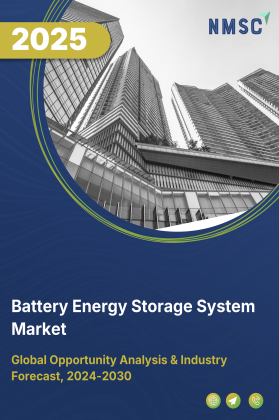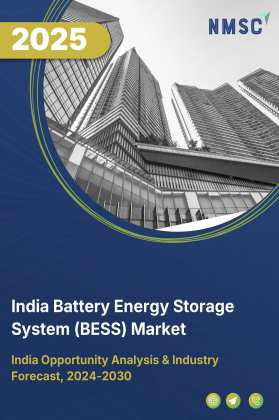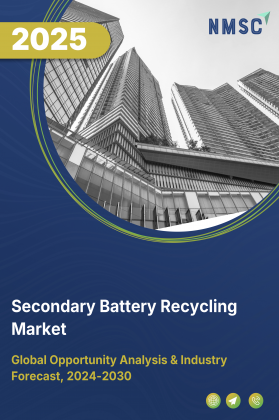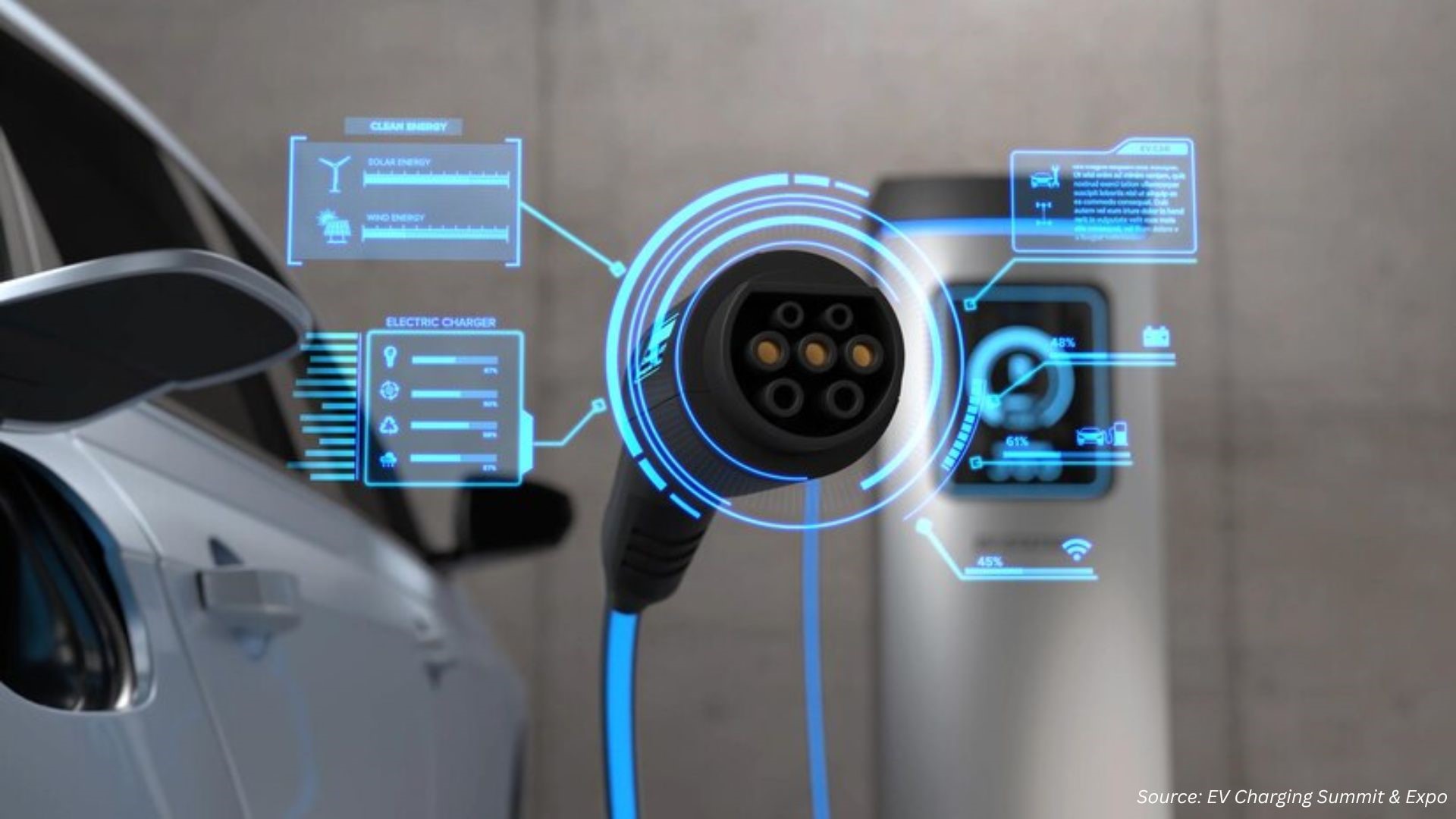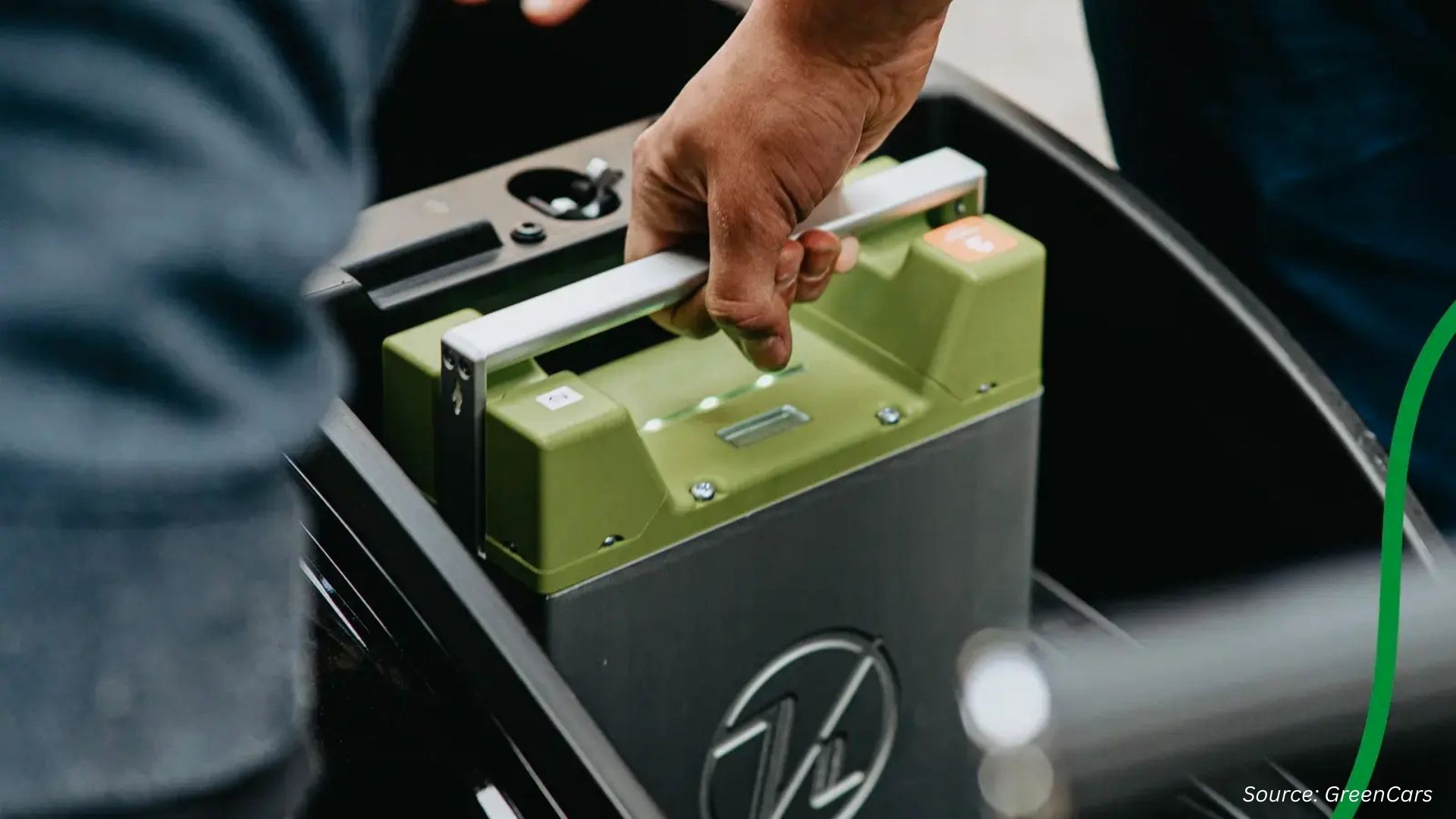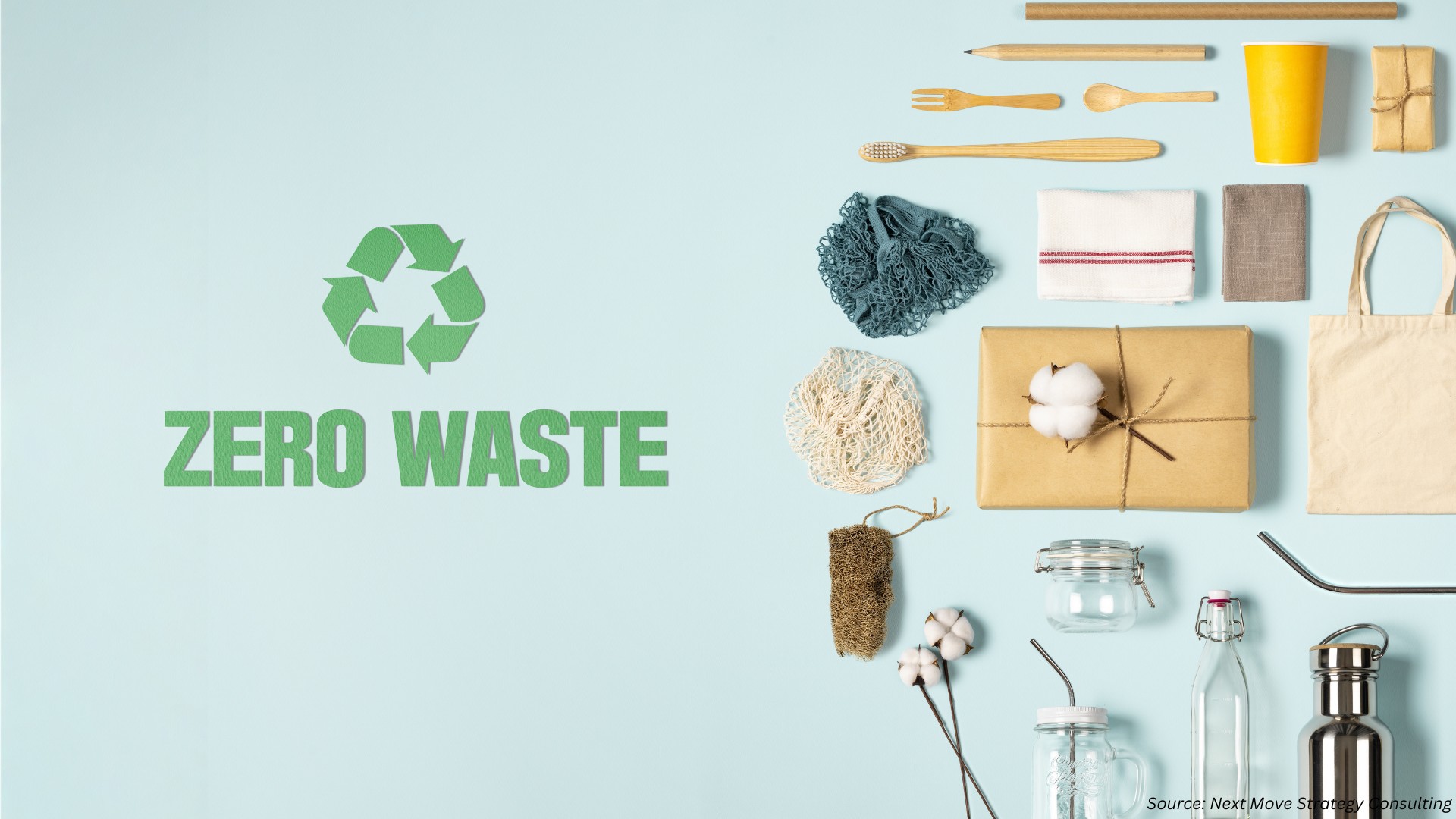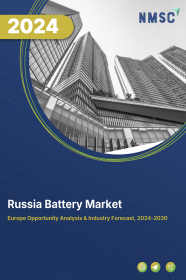
Russia Battery Market by Type (Lead Acid, Lithium Ion, Nickel Metal Hydride, Nickel Cadmium, and Others), by Application (Residential, Industrial, and Commercial), and by Power Systems (Fuel Cell Batteries, Proton-Exchange Membrane Fuel Cells, Alkaline Fuel Cells, Phosphoric Acid Fuel Cells, Solid Oxide Fuel Cells, Molten Carbonate Fuel Cells, Air Cells, Flywheel Energy Storage, Nuclear Batteries) – Opportunity Analysis and Industry Forecast 2023-2030
Industry: Energy & Power | Publish Date: 18-Sep-2025 | No of Pages: 132 | No. of Tables: 138 | No. of Figures: 103 | Format: PDF | Report Code : EP719
Market Overview
Russia Battery Market was valued at USD 2.07 billion in 2022, and is predicted to reach USD 7.13 billion by 2030, with a CAGR of 16.7% from 2023 to 2030.
A battery operates as a mechanism that stores energy and later releases it by transforming chemical energy into electrical energy. Typically, batteries produce electricity by harnessing one or more electrochemical cells. Batteries can be categorized into two distinct types: primary batteries and secondary batteries. Primary batteries, also known as non-rechargeable batteries, offer a straightforward and convenient energy supply for various portable electronic and electrical devices, including cameras, watches, toys, lights, radios, and more. In contrast, secondary batteries, often referred to as rechargeable batteries, possess the capability to be recharged electrically once they've been depleted. These energy storage solutions have evolved into indispensable sources of power in our daily routines.
The progress of cutting-edge technologies, encompassing smartphones, tablets, laptops, solar energy systems, and electric vehicles (EVs), has ushered in the era of robust batteries capable of prolonged endurance and providing essential energy requirements.
Government-facilitated Resource Independence and Large-scale Lithium Development
The Russian government is placing strong emphasis on developing its domestic raw material base to ensure long-term energy storage security. Lithium, being a critical component of advanced battery technologies, has emerged as a strategic priority. Multiple large-scale mining projects are being accelerated to tap into the country’s significant reserves, with the aim of creating a stable and self-sufficient supply chain. These initiatives are designed not only to reduce reliance on foreign imports, which have been affected by shifting trade dynamics and sanctions, but also to position Russia as a competitive player in the global battery materials market. By investing in mining infrastructure, refining capabilities, and downstream integration, the country is laying the groundwork for an industrial ecosystem capable of supporting high-volume battery production for both domestic use and export.
Industrial Innovation and Strategic Partnerships For Battery Value-chain Localization
Russia’s industrial sector is actively investing in the creation of a localized battery value chain that can operate independently of external supply constraints. Leading domestic enterprises are expanding research and development capabilities to improve battery performance, focusing on advanced chemistries, high-nickel cathode materials, and next-generation manufacturing processes. At the same time, strategic collaborations are being forged with international partners to gain access to specialized technologies, manufacturing expertise, and market channels. These partnerships extend across mining, chemical processing, and cell manufacturing, enabling vertical integration and cost efficiencies. By aligning industrial innovation with government policy support, Russia is fostering an environment that encourages domestic production, attracts investment, and accelerates the commercial deployment of batteries in electric vehicles, renewable energy storage, and industrial applications.
Supply Chain Disruptions and Dependence on Foreign Technologies
The Russian battery industry continues to face significant challenges due to its reliance on imported components, advanced manufacturing equipment, and specialized battery technologies. Geopolitical tensions, trade restrictions, and sanctions have disrupted the flow of essential raw materials—particularly high-purity lithium compounds, battery-grade nickel, and separator films—creating production bottlenecks. This dependence on foreign suppliers limits the ability of domestic manufacturers to scale operations, maintain consistent quality standards, and introduce the latest technological innovations. Additionally, the absence of fully localized production capabilities across the entire value chain increases vulnerability to price volatility and supply interruptions, which can slow investment momentum and delay the deployment of battery systems in key sectors such as electric mobility and renewable energy storage.
Advancement and Commercialization of Solid-state Battery Technologies
The transition toward solid-state battery technology presents a significant long-term growth opportunity for the Russian battery market. Solid-state batteries, which replace the liquid electrolyte with a solid medium, offer higher energy density, faster charging times, and enhanced safety by minimizing the risk of thermal runaway. Global momentum in this field is prompting Russian research institutes, state-backed corporations, and private enterprises to invest in pilot projects and R&D partnerships aimed at adapting this technology to local manufacturing capabilities. The adoption of solid-state batteries could drastically improve the performance of electric vehicles, grid-scale storage systems, and aerospace applications, while also reducing environmental impact through longer lifespans and improved recyclability. As production processes mature and costs decline, the successful commercialization of solid-state batteries could position Russia as a competitive supplier in the next generation of advanced energy storage solutions.
Competitive Landscape
The Russia battery industry includes several market players such as RENERA (Rosatom group), AO TD AKOM, Tungstone, Elabuga Battery Plant, TYUMEN BATTERY PLANT, TUBOR (TUBOR / TITAN BRAND), SAVEVOLT, CJSC MPKF “Alkor”, Electroistochnik (Saratov battery plant), Kursk Battery Plant.
Russia Battery Market Key Segments
By Type
-
Stationary
-
Motive
By Battery Type
-
Primary Batteries (Non-rechargeable)
-
Alkaline Batteries
-
Zinc-Carbon Batteries
-
Lithium-Thionyl Chloride Batteries
-
-
Secondary Batteries (Rechargeable)
-
Lead-Acid Batteries
-
Nickel-Cadmium (NiCd) Batteries
-
Nickel-Metal Hydride (NiMH) Batteries
-
Lithium-ion Batteries
-
Lithium Nickel Manganese Cobalt (LI-NMC)
-
Lithium Iron Phosphate (LFP)
-
Lithium Cobalt Oxide (LCO)
-
Lithium Titanate Oxide (LTO)
-
Lithium Manganese Oxide (LMO)
-
Lithium Nickel Cobalt Aluminum Oxide (NCA)
-
-
Other Secondary Batteries
-
By Voltage Type
-
Low Voltage Batteries (1V - 12V)
-
Medium Voltage Batteries (24V - 100V)
-
High Voltage Batteries (200V - 1000V)
By Power Capacity
-
Low Capacity Batteries (Up to 1,000 mAh)
-
Medium Capacity Batteries (1,000 mAh to 10,000 mAh)
-
High Capacity Batteries (10,000 mAh to 100,000 mAh)
-
Ultra High Capacity Batteries (More than 100,000 mAh)
By Self-Discharge Rate
-
Low Self-Discharge Rate Batteries
-
Medium Self-Discharge Rate Batteries
-
High Self-Discharge Rate Batteries
By Application
-
Residential
-
Industrial
-
Automotive
-
ICE Engines
-
Passenger vehicles
-
Commercial vehicles
-
-
Electric vehicles
-
E-Bikes
-
E-Cars
-
E-Buses
-
E-Trucks
-
-
-
Medical
-
Telecom & IT
-
Consumer Electronics
-
Power & Utility
-
Aerospace & Defense
-
Marine
-
Other Industries
-
-
Commercial
Key Players
-
RENERA (Rosatom group)
-
AO TD AKOM
-
Tungstone
-
Elabuga Battery Plant
-
TYUMEN BATTERY PLANT
-
TUBOR (TUBOR / TITAN BRAND)
-
SAVEVOLT
-
CJSC MPKF “Alkor”
-
Electroistochnik (Saratov battery plant)
-
Kursk Battery Plant
Report Scope and Segmentation
|
Parameters |
Details |
|
Market Size in 2022 |
USD 2.07 billion |
|
Revenue Forecast in 2030 |
USD 7.13 billion |
|
Growth Rate |
CAGR of 16.7% from 2023 to 2030 |
|
Analysis Period |
2022–2030 |
|
Base Year Considered |
2022 |
|
Forecast Period |
2023–2030 |
|
Market Size Estimation |
Billion (USD) |
|
Growth Factors |
|
|
Companies Profiled |
10 |
|
Market Share |
Available for 10 companies |
|
Customization Scope |
Free customization (equivalent up to 80 working hours of analysts) after purchase. Addition or alteration to country, regional, and segment scope. |
|
Pricing and Purchase Options |
Avail customized purchase options to meet your exact research needs. |

















 Speak to Our Analyst
Speak to Our Analyst



